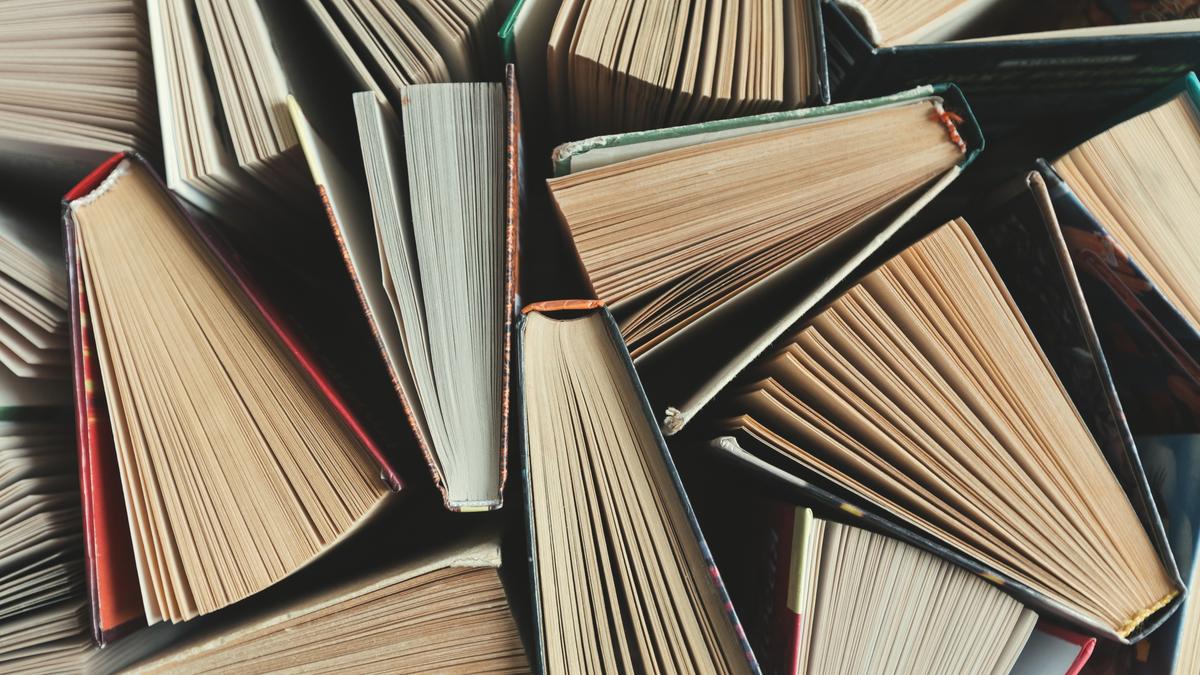
The tension between languages and cultures is mediated by translation.
| Photo Credit: Getty Images/iStockphoto
A picture theory of language says images are the link between words and the real world. One points to a cow and tells a toddler, “Look, cow. Say it. Say cow!” Thereafter, it is unlikely that the child will point to a cow and say, “tree”. The theory expands to say that behind all meaningful thoughts that people have are arrangements of pictures and the flight of imagination. Feelings and emotions are the invisible “gesso”, or primer, before words are painted on the canvas of the mind.
The tension between languages and cultures is mediated by translation. Literary translation, said Lakshmi Holmstrom, is surely one of the most fatiguing exercises the brain achieves, continuously letting poetry win without allowing scholarship to lose. Success, after a great struggle completely invisible to readers and sometimes even to publishers, is usually a carefully crafted compromise. Translation has always been a controversial literary form viewed with suspicion and as a sort of “service” industry instead of the hugely creative operation it is, calling as it does for imagination, stamina, patience, and negotiating skills.
Poet A.K. Ramanujan said that translators were artists on oath — sworn to not betray either the source language or the target language they are engaged in manipulating, bending and mulching to produce a third language which carries the energies of both. England’s greatest medieval poet Geoffrey Chaucer, who was a translator before he wrote poetry, said that translation was like ploughing an old field to produce new corn; and Dryden, who called translators “the metaphrasers”, said that they were like labourers who toiled in other men’s vineyards. These imply very hard work to produce something visible from something that lies hidden.
In a multilingual country like India, translation is a vital component of national identity and just as we need to preserve and develop our art forms, music and literature, not to mention forests, rivers and monuments, we need to preserve and retrieve our literatures in the various Indian languages and bring them to a space where we can all benefit from our shared history. The translating community of India — researchers, librarians, translators, dictionary-makers, teachers, editors, salesmen, and booksellers — all play a civilisational role.
World Book Day celebrated on April 23 every year reminds us of the work of translators, the facilitators of contact cultures.
Published – April 27, 2025 04:05 am IST
